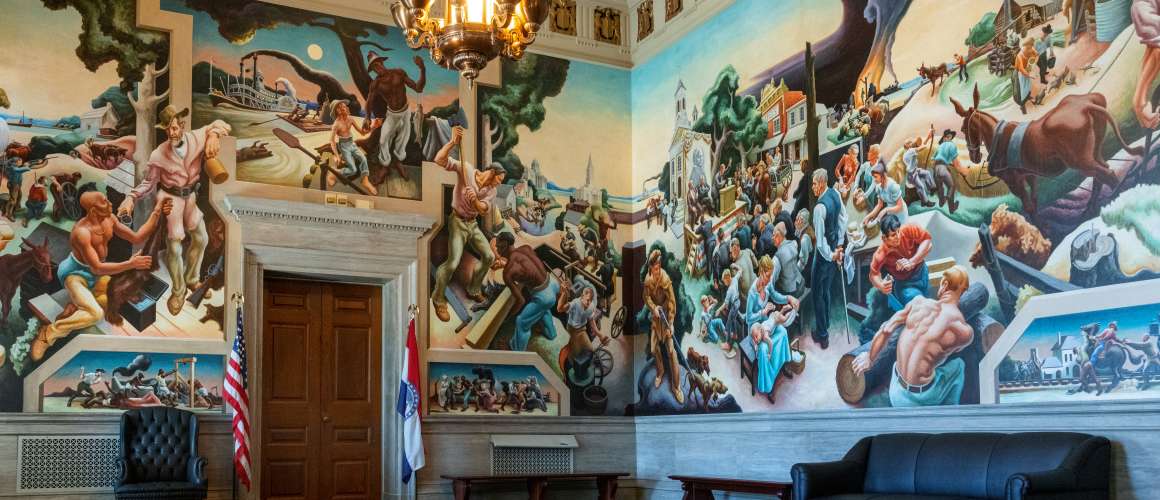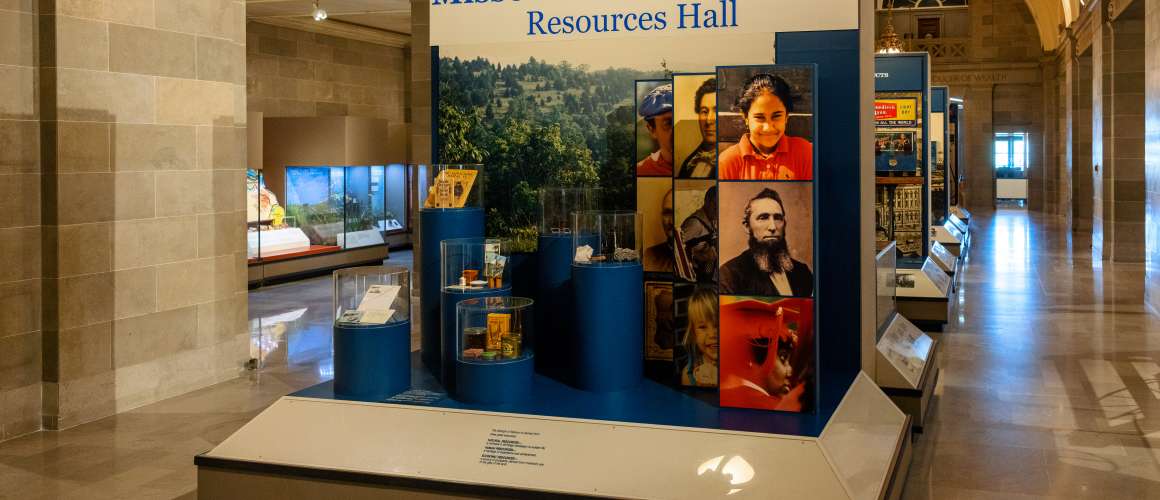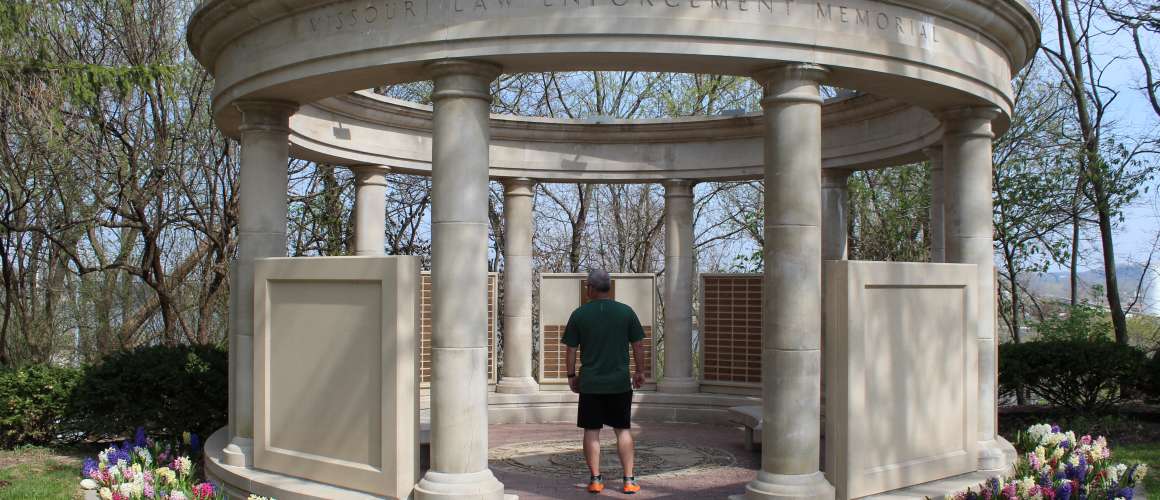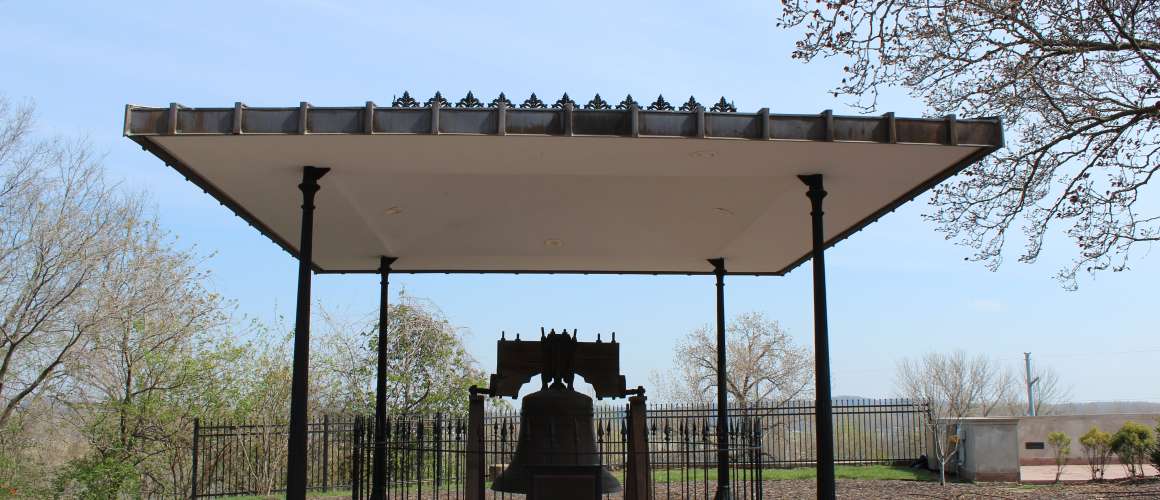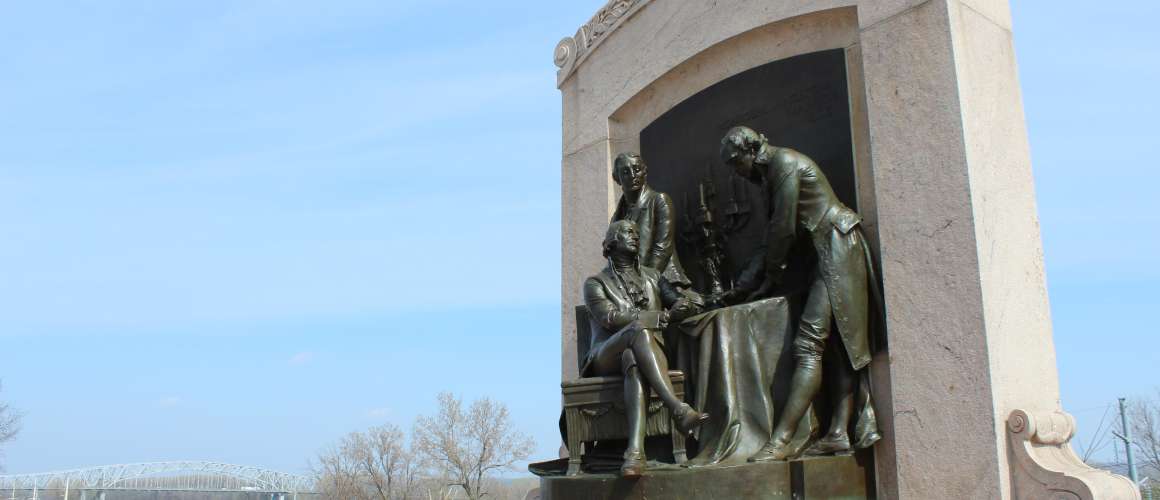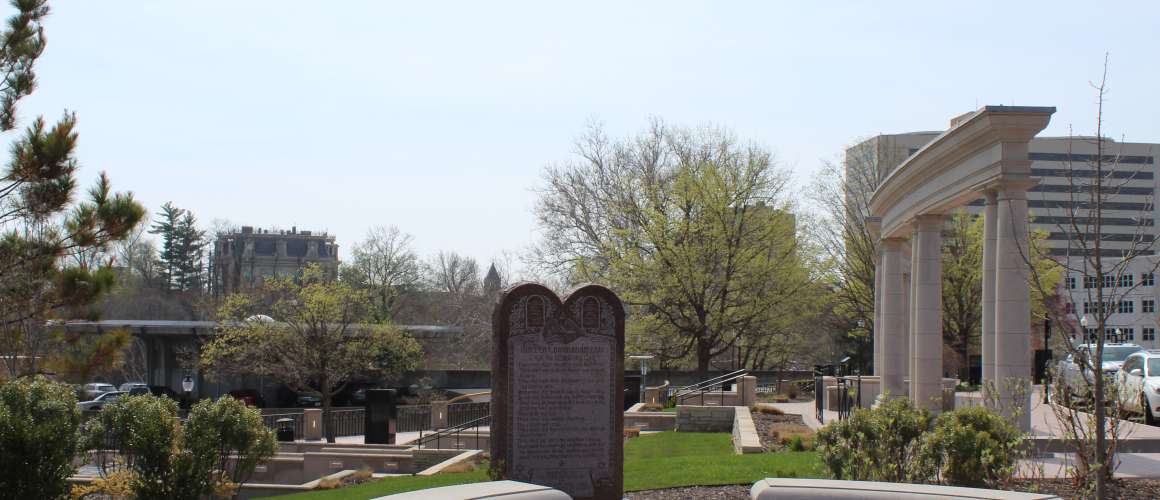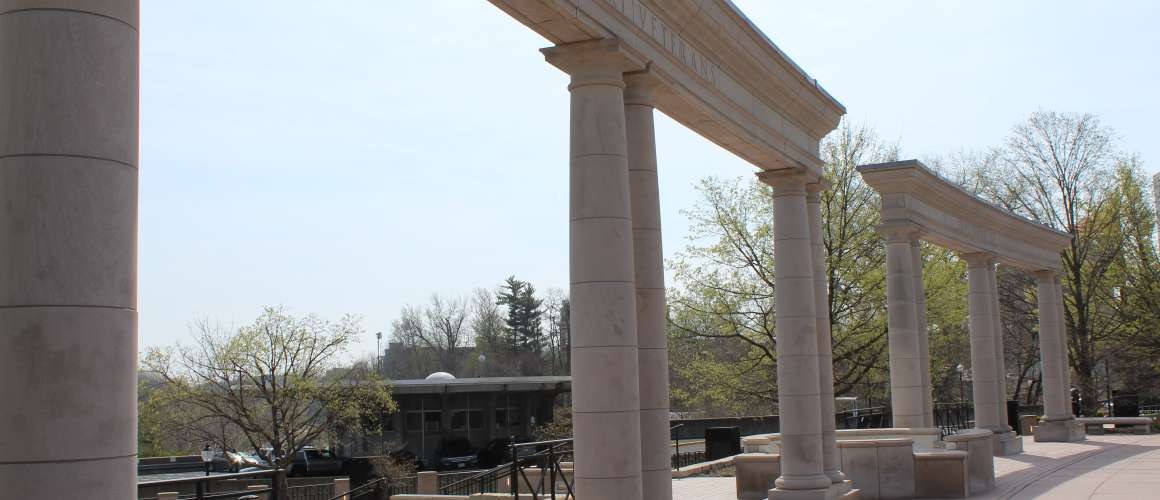Capitol Complex
Missouri State Capitol | Missouri State Museum
Dominating the skyline in all directions, Missouri's state Capitol is a monument to its citizens. The building rests upon a limestone bluff on the south bank of the Missouri River. It is 437 feet long and 300 feet wide at its center. The building, which covers 3 acres and has 500,000 square feet of floor space, is literally a museum of public art, remarkable not only for its quality and abundance, but as a faithful reflection of the themes, events and people of Missouri. Artwork in the Missouri State Capitol includes pieces by such notable artists including Thomas Hart Benton and Sir Frank Brangwyn. The three point perspective paintings scattered throughout the hallways are a very popular attraction within the Capitol walls. Inside the Capitol you will find the Missouri State Museum, which features exhibits of outstanding historical significance in the Show-Me State. The Capitol tour* will provide you with an excellent education on the State of Missouri and the structure that represents its home.
*Reservations are required 24 hours in advance for all guided tours.
Capitol Grounds
The landscape surrounding the Missouri State Capitol is perfectly manicured year-round. Between beautiful flowers, flowing fountains and standing memorials, this is an excursion in itself!
Governor's Mansion | Carnahan Memorial Garden
The Missouri Governor’s Mansion* has been the official residence of Missouri’s Governors since 1872 and is one of the oldest governors’ homes in the United States. Located on 10 acres overlooking the Missouri River and the Missouri State Capitol, the Mansion is listed in the National Register of Historic Places. It was built in eight months and completed in late December 1871, with much of the work performed by prisoners of the nearby penitentiary. The Mansion was designed by noted St. Louis architect George Ingham Barnett and is an example of Second Empire architecture, a style characterized by the patterned mansard roof popular in the 1860s. The home includes a freestanding winding stairway with a hand-carved black walnut banister, marble fireplaces, elaborate 17-foot ceilings and handsome Renaissance Revival furnishings. Through the years, the Mansion has been restored and improved, but the impressive characteristics of the original Mansion remain.
Throughout the history of the Missouri Governor’s Mansion, the gardens surrounding the home have received much attention. During the term of Governor Stark (1937-1941), First Lady Stark joined her husband in taking interest in the trees and shrubs on the grounds. During their time in the home, thousands of plants were added to the gardens including a rose garden. Among their contributions are several fruit trees that continue to produce today.
Landscaping was a passion of First Lady Donnelly, wife of Governor Donnelly. She delighted in blooming plants and went on with her landscaping and gardening just as she would have done at home. Thanks to her efforts in horticulture, the once abandoned area below the Mansion was transformed into what is known as the “Governor’s Gardens” which encompasses a sunken pool, terraces, walkways, and a pergola.
*Reservations are required 24 hours in advance for tours. Due to the Governor’s Mansion being a working building, tours and events are subject to cancellation at any given time.

Jefferson Landing State Historic Site
The Lohman Building was placed on the National Register of Historic Places in 1969, and in 1974, the state's bicentennial commission adopted the Jefferson Landing proposal as the state's official bicentennial project. The Lohman Building and Union Hotel were restored, and the Lohman Building was opened to the public on July 4, 1976, as the cornerstone of Jefferson Landing State Historic Site.
Jefferson Landing State Historic Site is significant as a rare Missouri River landing. The Lohman Building depicts an 1850s general store and warehouse and features a film on the history of the site and of Jefferson City.




